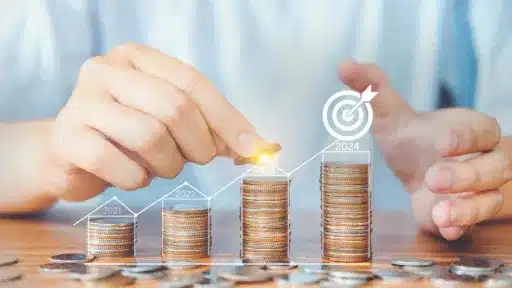Understanding how does interest work on a credit card is crucial in today’s financial landscape, where credit cards have become one of the most popular methods of payment worldwide. With increasing reliance on credit for everyday expenses, knowing the mechanics of credit card interest can save you from costly mistakes and help maintain a healthy credit score. This article breaks down the fundamentals of credit card interest and provides practical tips to manage it effectively.
How Does Interest Work on a Credit Card?
Credit card interest is the cost you pay for borrowing money using your credit card. When you don’t pay off your balance in full each month, interest accrues on the unpaid amount. This interest is calculated based on the Annual Percentage Rate (APR) assigned to your credit card.
Understanding the Annual Percentage Rate (APR)
The APR is the yearly interest rate charged on your outstanding balance. Credit card APRs can vary significantly depending on your creditworthiness, the card type, and the issuer. For example, a standard credit card may have an APR ranging from 15% to 25% annually.
The APR is typically divided into a daily rate to calculate interest accrued on a daily basis. For instance, if your APR is 18%, the daily periodic rate would be approximately 0.0493% (18% divided by 365 days).
How Interest is Calculated
Interest on credit cards is generally calculated using the average daily balance method:
- Calculate daily balance: Your balance at the end of each day is noted.
- Sum daily balances: Add all daily balances for the billing cycle.
- Divide by number of days: This gives the average daily balance.
- Apply daily periodic rate: Multiply the average daily balance by the daily periodic rate and then by the number of days in the billing cycle.
This method means that adding and paying off charges throughout the month directly impacts the amount of interest you owe.
Grace Periods and When Interest Starts
Most credit cards offer a grace period, typically 21 to 25 days after your billing cycle ends. If you pay your full balance within this period, you can avoid paying any interest on new purchases. However, if you carry a balance or only make a partial payment, interest starts accruing from the day those purchases are made.
Types of Transactions and Interest
Not all transactions are treated equally in terms of interest:
- Purchases: Usually eligible for grace periods.
- Cash advances: Interest starts immediately with no grace period and often at a higher APR.
- Balance transfers: May have promotional rates but can revert to a higher APR afterward.
How to Manage and Minimize Credit Card Interest
Being savvy about how does interest work on a credit card can help you minimize the cost and avoid debt traps. Consider the following strategies:
- Pay your balance in full each month: This prevents interest from accruing.
- Take advantage of the grace period: Use it to pay off new charges.
- Limit cash advances: Since they start accruing interest immediately.
- Make payments early: Lower your average daily balance by making payments before the due date.
- Choose credit cards with low APR: If you expect to carry balances.
- Understand promotional offers: Read the terms of balance transfers and introductory rates carefully.
Why Knowing How Does Interest Work on a Credit Card Matters
Credit card interest can significantly increase your debt if unmanaged. By understanding how it is calculated and when it applies, you can make informed financial choices that protect your credit score and reduce unnecessary expenses. This knowledge empowers you to use credit cards responsibly and leverage their benefits without falling into costly debt cycles.
In conclusion, knowing how does interest work on a credit card is not just about avoiding fees; it’s about mastering your financial health. Armed with this understanding, you can confidently navigate credit card usage and save money while building credit.


